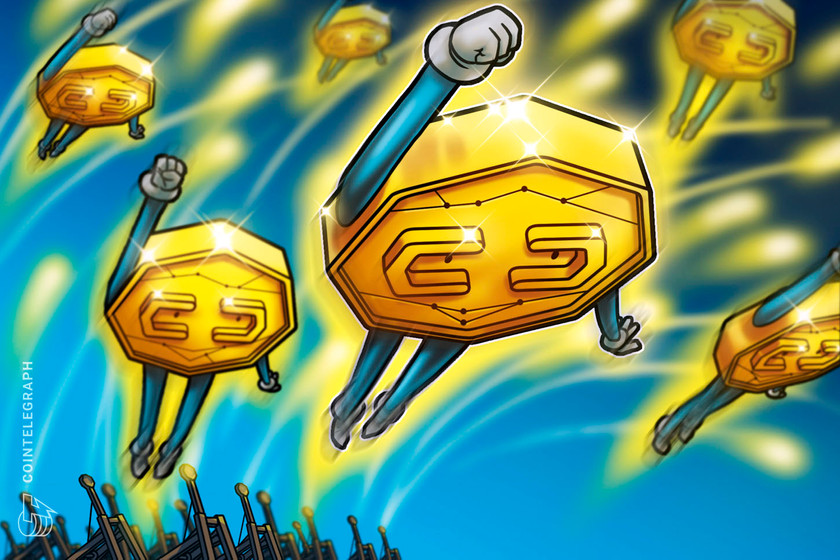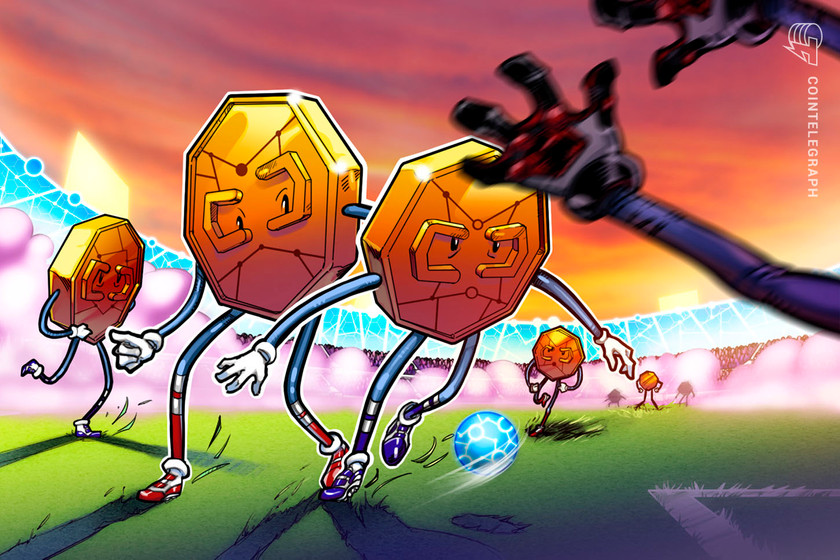Africa to bring 100 million users to DeFi in three years from now, says founder of Cardano
Cardano founder Charles Hoskinson predicts that the DeFi revolution will take place in the developing world.
830 Total views
19 Total shares
Charles Hoskinson predicts that the Decentralized Finance sector will acquire 100 million users within the next three years by tapping into the developing world’s market potential.
“Who’s actually going to do peer-to-peer loans? Who’s actually going to do peer-to-peer insurance? Who’s actually gonna do peer-to-peer payments? I got news for you, not a guy living in New York”, pointed out Hoskinson in an exclusive interview with Cointelegraph.
Cardano, the decentralized cryptocurrency network founded by Hoskinson, intends to take the lead in the DeFi space by developing partnerships in the African continent.
According to Hoskinson, DeFi products lack a significant customer base and the field has no chance at gaining traction in the West because of a cumbersome regulatory environment.
On the contrary, developing countries offer a much more flexible regulatory framework which facilitates crypto innovation.
“There’s no JPMorgan Chase. There’s no big massive legacy financial system that dominates and controls”, he pointed out.
Ultimately, according to Hoskinson, DeFi can “create liquidity for the poorest people in the world and allow them to build wealth and protect the wealth that they’ve acquired”.
“We built Cardano for this purpose”, he concluded.
To find out more about our conversation with Charles Hoskinson, check out the full interview on our Youtube channel and remember to subscribe!









